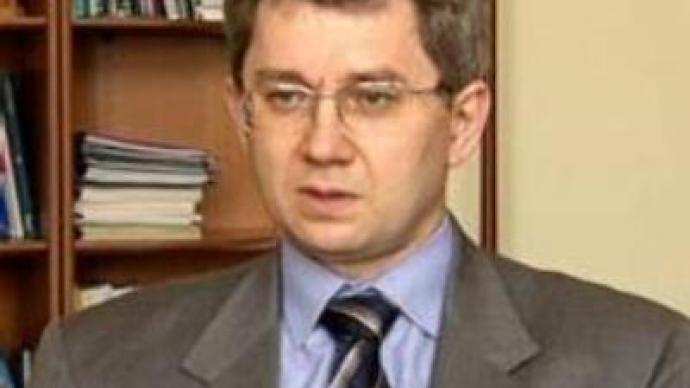Stabilisation fund turns to foreign currency

Russia's national stabilisation fund is being transferred into foreign currency accounts in preparation for international investment. The fund has grown significantly since its creation in 2004, set up to protect the economy from inflationary pressure by
The finance ministry directs how the fund is used, but the money is managed at the country's central bank. As it is switched into foreign currency accounts, the bank's role is increasing. Fund reserves will be kept in the form of interest-bearing deposits opened with the central bank – interest paid by the central bank. In return, the bank will invest what is deemed an adequate amount in certain assets. Analysts support the ministry's plan to invest in the
You can share this story on social media:












